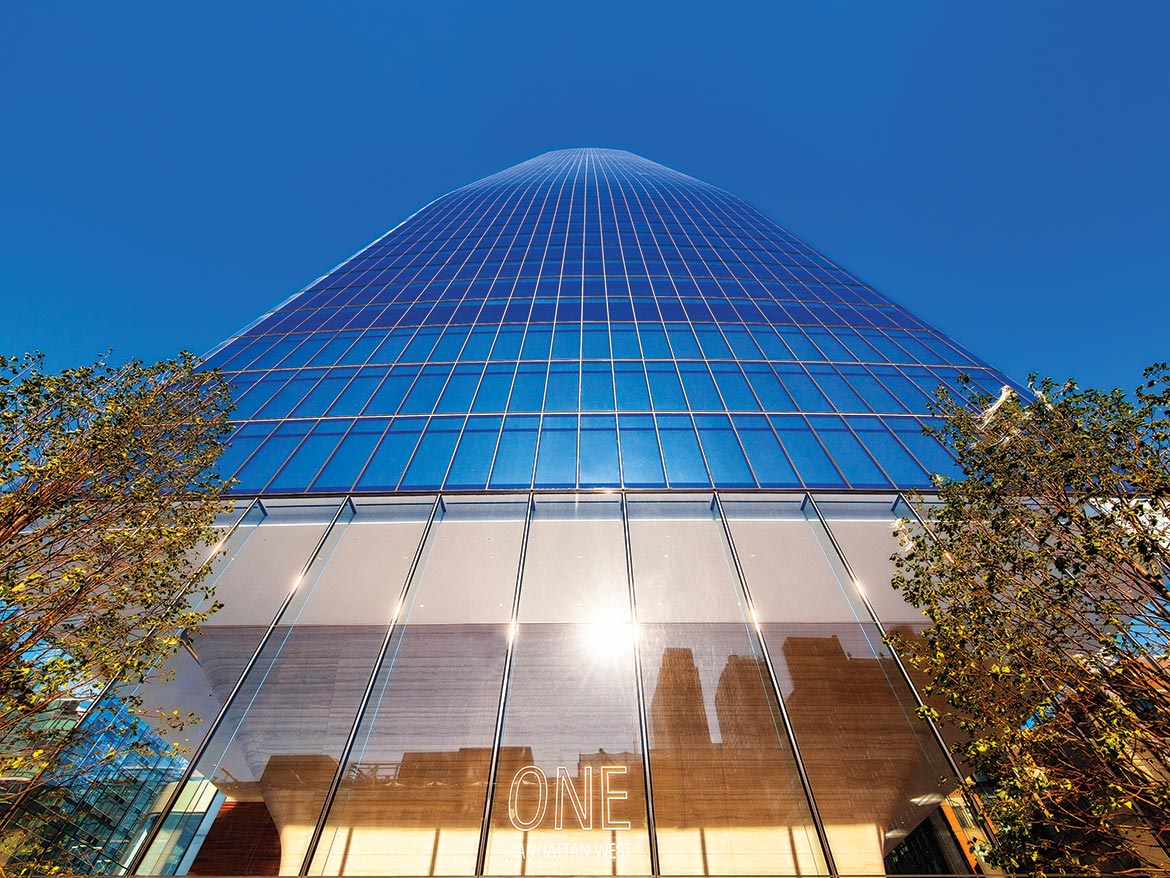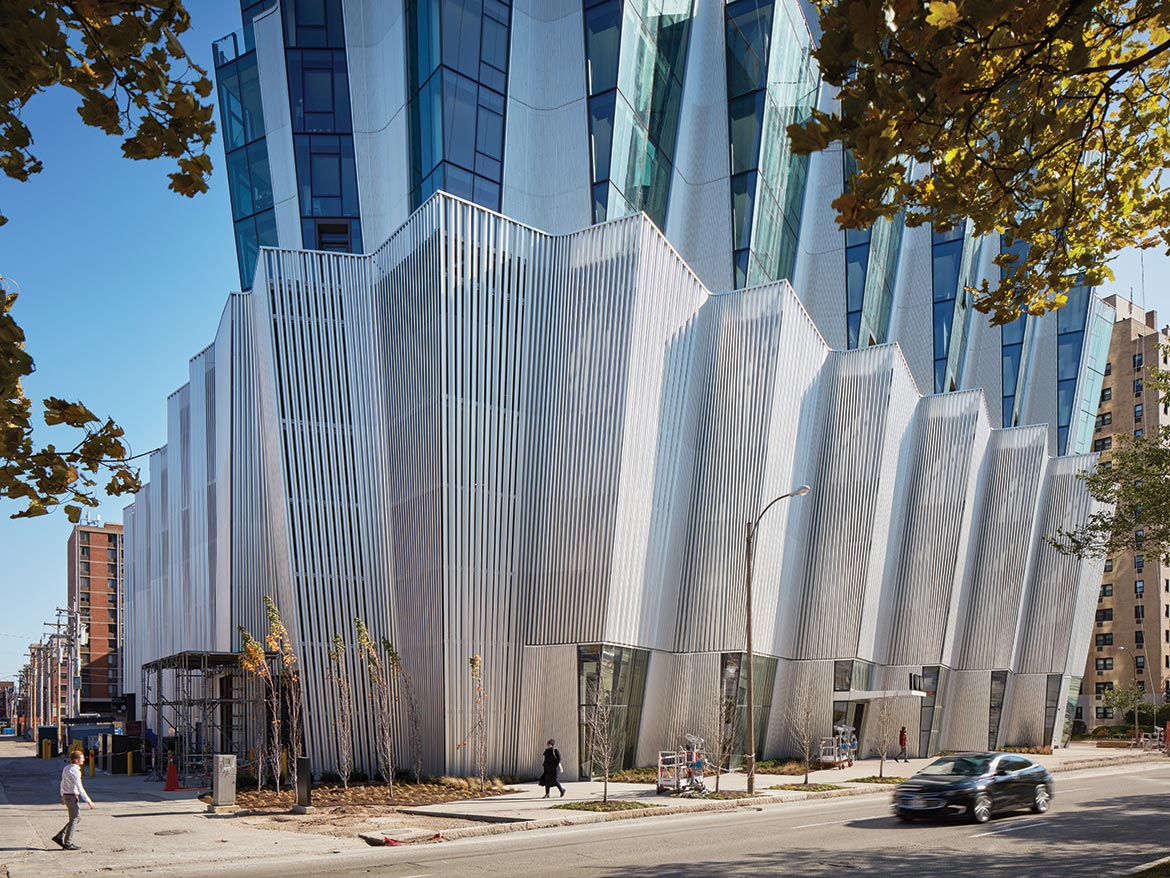Believe it or not, there is no universally accepted definition of a tall building. The experts don’t agree on a minimum height to qualify. RECORD has embraced this ambiguity with projects that include a 36-story residential building in St. Louis with a fan-like facade as well as a 1,148-foot-tall office tower in Shenzhen, China, and its muscular bracing system. But, despite the range, all the buildings share an interest in inventive form, ingenuity in structure, and engagement of context. Reading about them and taking the online quiz earns one hour of continuing-education credit.
Continuing Education

To earn one AIA learning unit (LU), including one hour of health, safety, and welfare (HSW) credit, read the “Tall Buildings” articles above and then complete the quiz. Upon passing the test, you will receive a certificate of completion, and your credit will be automatically reported to the AIA. Additional information regarding credit-reporting and continuing-education requirements can be found at continuingeducation.bnpmedia.com.
Learning Objectives
- Outline different strategies for resisting wind and seismic loads in tall buildings.
- Describe ways tall buildings can make use of challenging sites, including those near elevated roadways and over train tracks, and discuss the urbanistic and structural ramifications.
- Explain how nonstandard geometries can be used to control heat gain while maximizing views and daylighting in tall buildings.
- Describe a novel time-saving method for constructing a tall building’s structural core.
AIA/CES Course #K2105A











Post a comment to this article
Report Abusive Comment